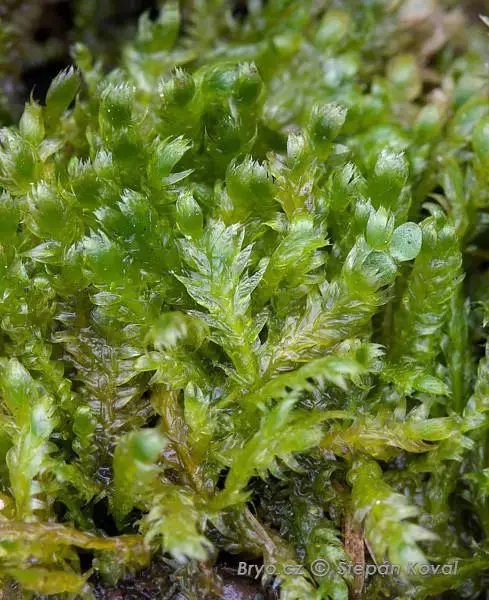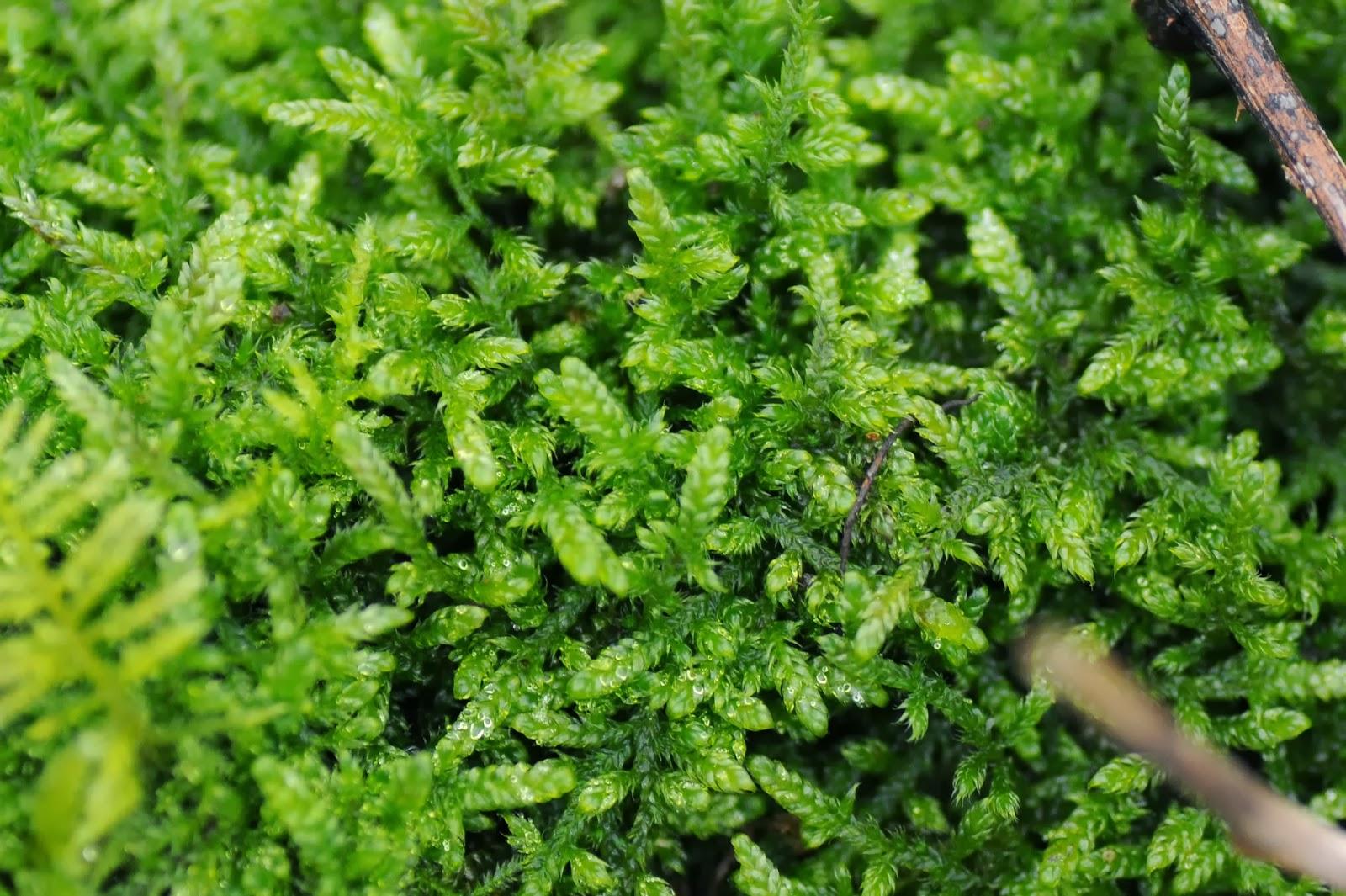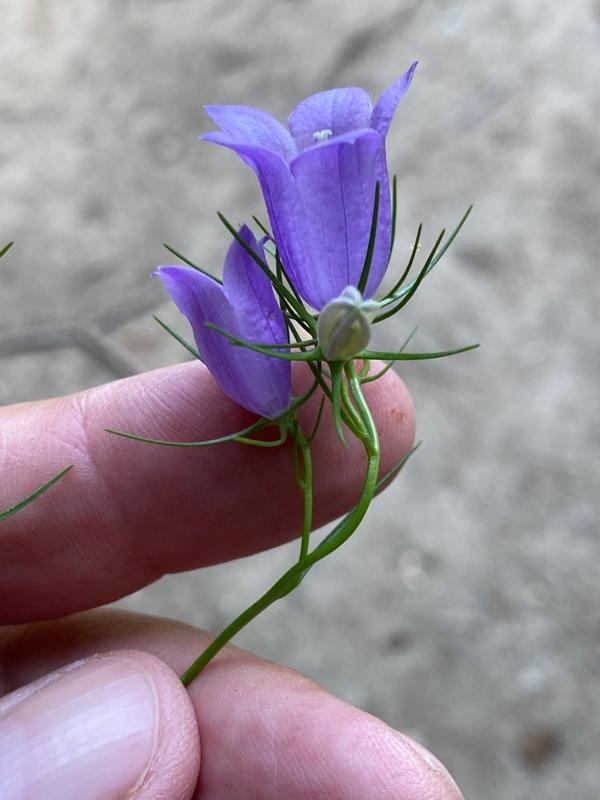
Hypnum-pratense-J-Koch-ex-Spruce-from-Gorno-Altaisk-400-m-Ignatov-35-49-1-2-stem.png from: https://www.researchgate.net/figure/Hypnum-pratense-J-Koch-ex-Spruce-from-Gorno-Altaisk-400-m-Ignatov-35-49-1-2-stem_fig10_274301325

1356_Breidleria_pratensis_2009_04_18_2797.jpg from: https://www.bryo.cz/index.php?p=mechorosty_foto&site=en&gallery=breidleria_pratensis&id=1356&nazev_pismeno=b
Introduction
In the vast and captivating world of bryophytes, one particular moss species stands out for its unique charm and ecological significance – the

jan_zabojnik_705813_o.jpg from: https://www.nahuby.sk/obrazok_detail.php?obrazok_id=705813
Hypnum pratense W.D.J.Koch ex Spruce. Belonging to the Stereodontaceae family, this unassuming yet fascinating moss is commonly referred to as Hypnum

1359_Breidleria_pratensis_2009_05_01_3647.jpg from: https://www.bryo.cz/index.php?p=mechorosty_foto&site=default&gallery=breidleria_pratensis&id=1359
. Let’s embark on a journey to unravel the secrets of this remarkable plant and explore its intricate world.
Background
Before delving into the specifics of Hypnum pratense, it’s essential to understand the broader context of bryophytes. These non-vascular plants, which include mosses, liverworts, and hornworts, are often overlooked but play a crucial role in various ecosystems. They are among the oldest land plants on Earth, with a rich evolutionary history dating back millions of years.
Main Content
Morphology and Identification
Hypnum pratense is a pleurocarpous moss, meaning its stems grow horizontally along the substrate. Its vibrant green hue and delicate, feathery appearance make it a true delight to behold. The stems are irregularly branched, and the leaves

91720.jpg from: https://inpn.mnhn.fr/espece/cd_nom/101221/tab/taxo
are ovate-lanceolate in shape, with a distinctive midrib running along their length.

Hypnum+cupressiforme.jpg from: https://billsbirding.blogspot.com/2014/01/of-moss-and-birds.html
One of the key identifying features of Hypnum pratense is its double-toothed leaf margins, which can be observed under a microscope. This characteristic, along with its curved and cylindrical capsules, helps distinguish it from other moss species within the Stereodontaceae family.

50250745.jpg from: https://observation.org/photos/50250745/
Global Distribution and Habitat
Hypnum pratense is widely distributed across various regions of the world, including Europe, Asia, North America, and parts of South America. It thrives in a diverse range of habitats, from moist woodlands and grasslands to the edges of streams and ponds.
This moss species is particularly fond of calcareous (lime-rich) soils, where it can form dense mats or cushions. Its ability to tolerate a wide range of environmental conditions, including moderate shade and moisture levels, contributes to its widespread distribution.
Ecological Roles and Adaptations

Hypnum-cupressiforme-moss-2.jpg from: https://www.araflora.com/p1545/moss_hypnum_cupressiforme
Despite its diminutive size, Hypnum pratense plays a vital role in its ecosystem. Its dense mats help retain moisture and create microhabitats for various invertebrates, such as insects and soil-dwelling organisms. Additionally, it contributes to soil formation and nutrient cycling by decomposing organic matter.
One of the remarkable adaptations of

7518aa2df5383b4f4bd2047a471d93ef.jpg from: https://www.pinterest.com/pin/hypnum-moss-sheet-moss-gardenista–62557882298736662/
Hypnum pratense is its ability to desiccate (dry out) during periods of drought and then rapidly rehydrate when moisture becomes available again. This resilience allows the moss to survive in challenging environments and ensures its long-term survival.
Case Studies/Examples
In a recent study conducted in a temperate deciduous forest, researchers found that Hypnum pratense played a crucial role in maintaining soil moisture levels and providing a suitable habitat for various soil-dwelling invertebrates. The moss’s ability to retain water and create a stable microclimate was instrumental in supporting a diverse array of species within the ecosystem.
Technical Table

379214.jpg from: https://inpn.mnhn.fr/espece/cd_nom/99106/tab/fiche
| Characteristic | Description |
|---|---|
| Phylum | Bryophyta |
| Class | Bryopsida |
| Order | Hypnales |
| Family | Stereodontaceae |
| Genus | Hypnum |
| Species | pratense |
| Growth Form | Pleurocarpous moss |
| Leaf Shape | Ovate-lanceolate |
| Leaf Margin | Double-toothed |
| Capsule | Curved, cylindrical |
Conclusion
Hypnum pratense, a humble yet remarkable moss species, serves as a testament to the incredible diversity and resilience of bryophytes. Its ability to thrive in various habitats, contribute to ecosystem functioning, and adapt to environmental challenges makes it a true marvel of nature.
As we continue to explore and appreciate the intricate world of mosses, let us ponder this thought-provoking question: How can we better protect and conserve these often-overlooked yet vital components of our ecosystems?